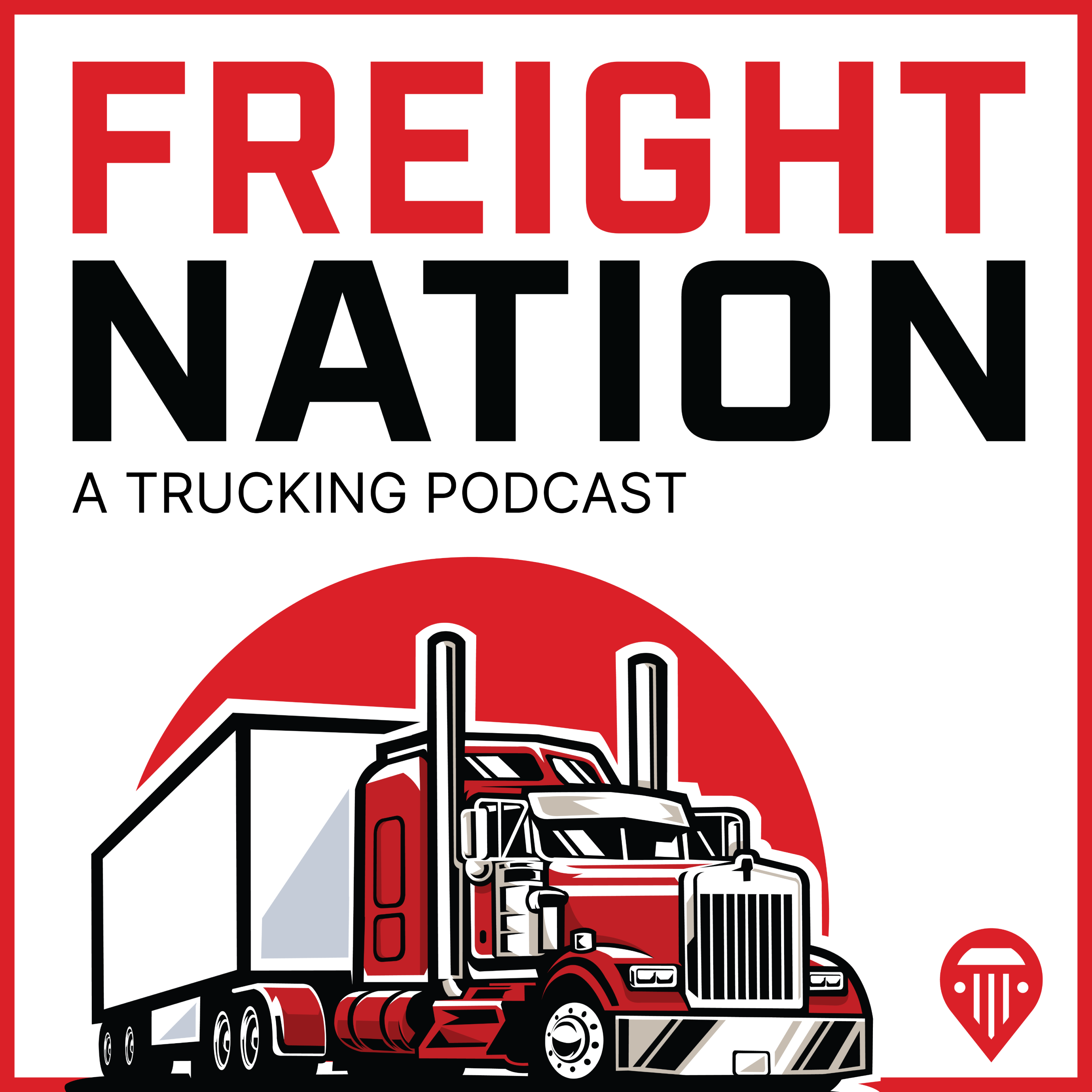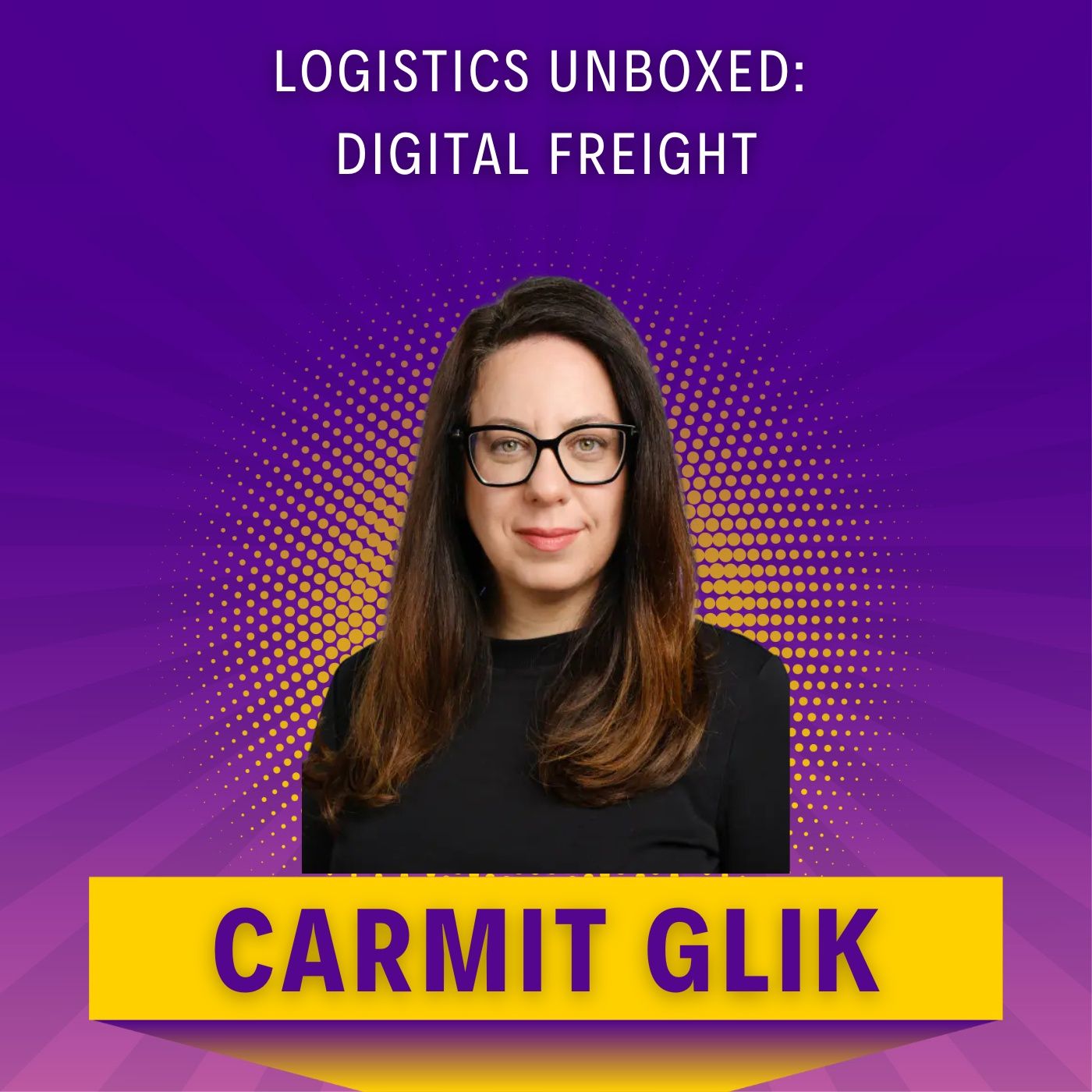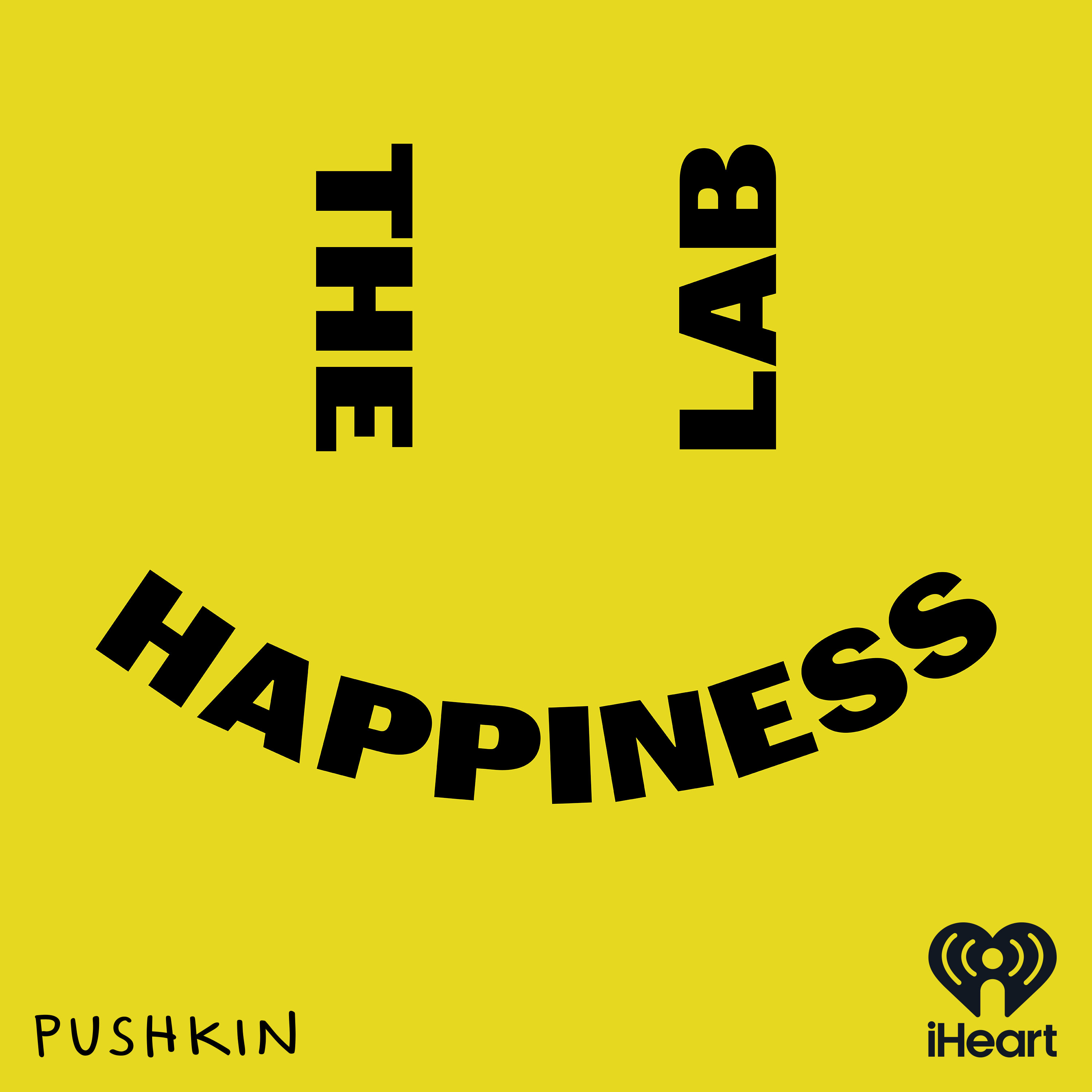
Logistics at a Crossroads
Where freight meets real life.
Hosted by Gia — logistics veteran, cancer survivor, and truth-teller — “Logistics at a Crossroads” explores the industry, identity, and the grit it takes to keep showing up. Freight. Feelings. No filter.
Logistics at a Crossroads
Episode 25: AI and the Future of Freight: From Automation to Empathy
In this episode of Logistics at a Crossroads, Gia explores the transformative power of AI in the freight industry and how it's reshaping operations. From AI-driven forecasting to autonomous planning, AI is helping logistics companies optimize processes and respond to disruptions faster than ever before.
But as we dive into the future of freight, Gia makes the case that AI and human insight need to work together. While AI can handle data and automation, it's still the human element—intuition, empathy, and expertise—that will drive the most successful strategies.
Listen to hear how AI is changing the logistics landscape, and why the balance between AI and human decision-making will be key to navigating the future of freight.
🎧 New episodes every week.
Follow Logistics at a Crossroads on your favorite podcast platform.
📬 Want to connect?
Find me on LinkedIn: linkedin.com/in/reginahunter
Visit the blog: giakat.blogspot.com
Welcome back to Holding the Line: A Logistics at a Crossroads Podcast. I’m Gia.
In Episode 5, we explored why AI is critical to freight strategy. But today, we’re pushing further. We’re asking: What does the future of AI in logistics actually look like in the trenches—on the warehouse floor, in the dispatch office, on the road?
How is AI continuing to transform the way we work, from automation to predictive modeling to real-time response? And more importantly—where does human expertise still matter most in a world increasingly run by machines?
This is Episode 25 – AI and the Future of Freight: From Automation to Empathy. Let’s get into it.
Gia (calm but urgent):
AI is no longer just on the horizon—it’s already embedded in the way logistics operates today.
According to a 2024 McKinsey report, more than half of logistics companies have already implemented AI-powered tools for things like route optimization, predictive maintenance, and inventory forecasting. And 82% are planning further investments over the next 3 to 5 years. Why? Because the stakes are high: volatile demand, labor shortages, rising fuel costs. AI offers an edge.
But here’s what’s really exciting: we're shifting from planning with AI to acting with it—in real time.
Imagine a snowstorm hits Chicago unexpectedly. Instead of reacting hours later, an AI system flags the disruption immediately, reroutes trucks, alerts customers, and rebalances inventory flows in minutes. That’s not theoretical—it’s becoming standard.
According to Gartner, 60% of supply chain leaders expect AI to be embedded into decision-making processes by 2026. And that’s just the beginning.
But here’s the twist: speed and clarity don’t eliminate the need for wisdom. AI can deliver the “what,” but humans still need to decide the “why” and the “how.” We bring judgment, adaptability, and ethics—especially in moments of ambiguity.
AI is a power tool. But we still hold the handle.
Gia (reflective but serious):
Let’s be honest—AI can do a lot. But it still can’t understand the human experience.
AI doesn’t get what it means for a driver to be stuck on the road in a rerouted delivery at 2 AM, or the pressure a warehouse team feels when they’re short-staffed on a Monday morning.
What AI does is enhance our abilities. It analyzes millions of data points faster than we ever could—but it can’t interpret nuance, relationships, or emotional impact.
In Episode 5, we talked about forecasting. But what we didn’t explore is that AI can show you what’s likely to happen, while only a seasoned planner knows what actually matters.
A 2024 Deloitte report found that 72% of executives believe AI will augment rather than replace human roles. It’s not about swapping out people—it’s about boosting what they do best.
Take this: an AI system flags a potential delay in a crucial shipment. The algorithm recommends rerouting through a nearby hub. But a human planner knows that hub’s team is already maxed out from a previous incident. AI doesn’t see burnout; a human does. The planner adjusts the response, balances workloads, and avoids a cascade of failures.
That’s the fusion we need: AI’s scale, human sense.
Gia (insightful, yet optimistic):
With all this progress, we’ve still got friction.
The 2023 PwC AI in Logistics Survey shows that 45% of companies use AI for tasks like load planning and inventory tracking. That’s great. But integrating AI into legacy systems? Still messy.
And then there’s the people side. Only one in three logistics companies report having a clear upskilling strategy for AI integration.
Let’s call it what it is: if you don’t train your teams, your tech will fail.
A Capgemini study found that 80% of logistics leaders believe the workforce needs to evolve—not just in tech skills, but in how they think and work alongside AI.
Here’s the opportunity: we don’t just need more coders—we need translators. People who can bridge the gap between machine output and operational decision-making.
Let me give you an example. A company rolls out an AI tool to optimize delivery windows. Great. But the field team pushes back—because the new “optimized” windows don’t account for union-mandated breaks. That feedback loop? That’s gold. That’s where AI gets smarter—when it learns from humans.
We have to create systems where AI learns from people—not just people learning to use AI.
Gia (personal, grounded):
Let me take you back for a minute.
When I started in logistics, everything was manual. You figured it out on the fly. Dispatch boards were whiteboards. Route changes meant phone calls and guesswork.
Now? A single AI dashboard shows heatmaps, live delays, alternate lanes, weather overlays—and can suggest changes in real time. It’s a new world.
But here's the thing: the tools have changed, but the heart of this industry hasn’t.
According to Forrester Research, 55% of logistics firms that invest in both AI tools and employee training report higher productivity and—this is key—greater employee satisfaction.
People want to feel like they’re still the ones making the call. They don’t want to be replaced by an algorithm—they want to be empowered by it.
So what can you do right now?
- Start by exploring AI tools in your current system.
- Push for training, not just for yourself—but across your team.
- Get comfortable asking: What is the machine telling me—and what do I know that it doesn’t?
The future belongs to people who can hold both: data and judgment, logic and empathy, insight and instinct.
Closing Thoughts
Gia (inspiring, hopeful):
This was Episode 25 – AI and the Future of Freight: From Automation to Empathy.
And listen—I just want to say, thank you.
When I launched this podcast, it was just an idea scribbled in the back of a notebook. I never imagined we’d hit 25 episodes, connecting with supply chain professionals across the country—and sometimes around the world.
But here we are. And what I’ve learned is that logistics isn’t just about moving goods. It’s about resilience. It’s about people. It’s about adapting and leading through change.
Whether you’re coding AI tools or loading trucks or optimizing networks from a back office—this industry needs your mind, your heart, and your voice.
The crossroads we’re at isn’t a choice between human and machine. It’s a partnership. And together, we’re going to build something stronger.
Until next time—keep innovating, keep adapting, and know that I’ll be right here with you, holding the line.
🎙️ This has been Holding the Line: A Logistics at a Crossroads Podcast. See you soon.
Podcasts we love
Check out these other fine podcasts recommended by us, not an algorithm.

Supply Chain Revolution
Sheri Hinish, SupplyChainQueen
Supply Chain - Unfiltered
Institute for Supply Management®
The Bootstrapper's Guide to Logistics
Nate Shutes
Everything is Logistics
Blythe Brumleve
WHAT THE TRUCK?!?
FreightWaves
Freight Nation: A Trucking Podcast
Truckstop
Logistics Unboxed: Digital Freight
The Advisor W/ Stacey Chillemi
The Happiness Lab with Dr. Laurie Santos
Pushkin Industries
The Wandering One Podcast
The Wandering One Podcast
We Can Do Hard Things
Treat Media and Glennon Doyle